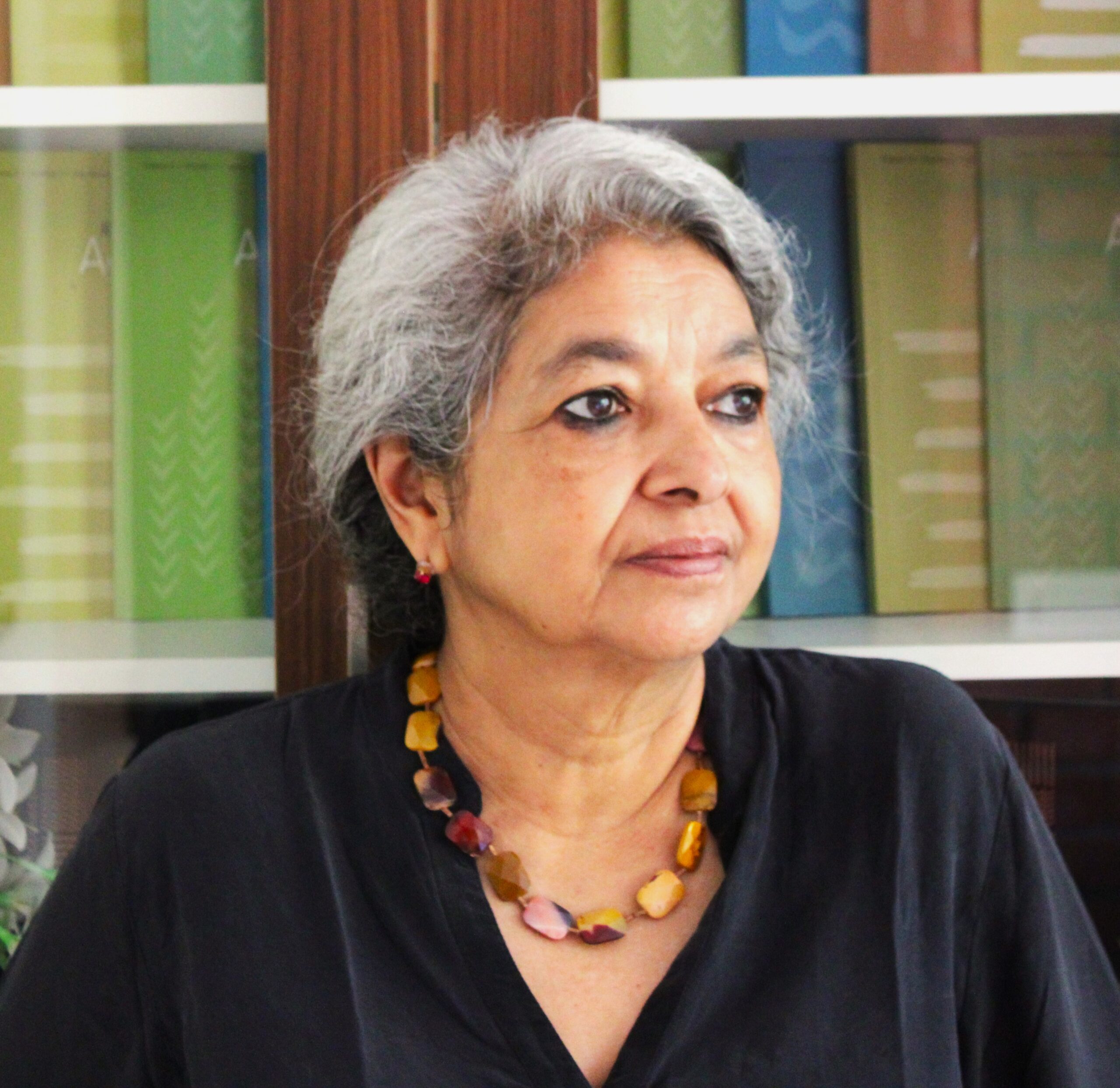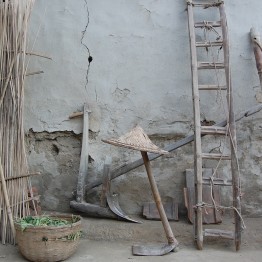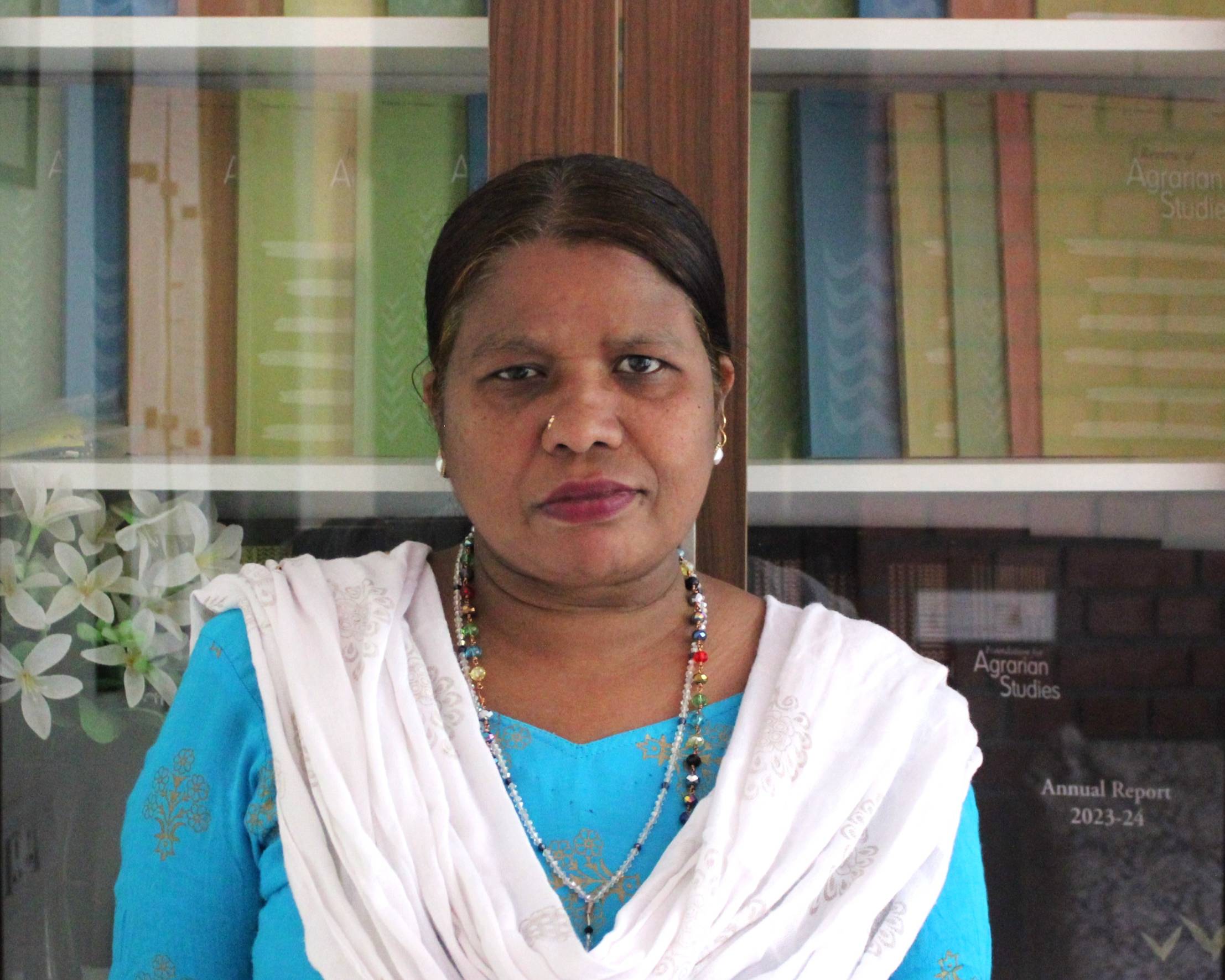Farmers’ Protests 2020-21: A Political Perspective
“The Left has to orient the Kisan Movement towards the demands of poor peasants and agricultural workers,” Prakash Karat, Polit Bureau Member, Communist Party of India (Marxist).
After more than a year-long struggle by the farmers, the Union Government had to repeal three controversial Farm Laws. In order to understand the political implications of the historic movement, the Foundation for Agrarian Studies in collaboration with Rosa Luxemburg Stiftung – South Asia organised a public talk by Shri Prakash Karat (Polit Bureau Member and Former General Secretary, CPI-M).
Watch a complete recording of the talk below:
Karat clarified that the depth of the agrarian crisis for the last few decades had already led to localised struggles, and there were efforts to form a movement at the national level even before the historic protests began in November 2020. This momentum, along with the joining together of different sections of farmers from Punjab, Haryana, and Western Uttar Pradesh, was reflected in the unprecedented and sustained struggle at the borders of Delhi. The movement gained solidarity across other parts of the country as well, although its impact was uneven. These struggles were able to break the barriers of region, caste, and religion. With the trade unions joining forces, the movement gained further strength. The Left played an instrumental role in sustaining the farmers’ protest and forging a unity of the working class and Kisan movement. There was a significant participation of women from the Kisan families, and it was the first time that they were recognised as farmers.
Prakash Karat then touched upon the major political implications of the movement. The movement was successful in building a united struggle against neo-liberalism, and growing corporate control of the Indian economy. Many political parties that were either supporters of growing privatization of the economy, or fence-sitters, were forced to change their stance in response to the growing strength of the movement. The movement also led to the isolation of the ruling party, particularly in Punjab, and in parts of Western Uttar Pradesh. The geographical location of the protest was also politically significant. The mass upsurge around the capital was difficult to ignore for the ruling party at the Centre.












































































